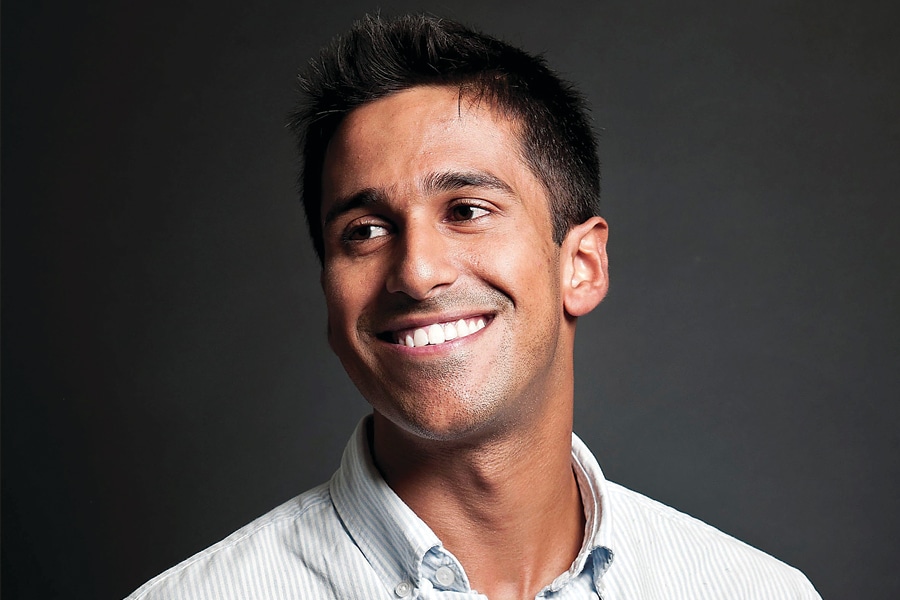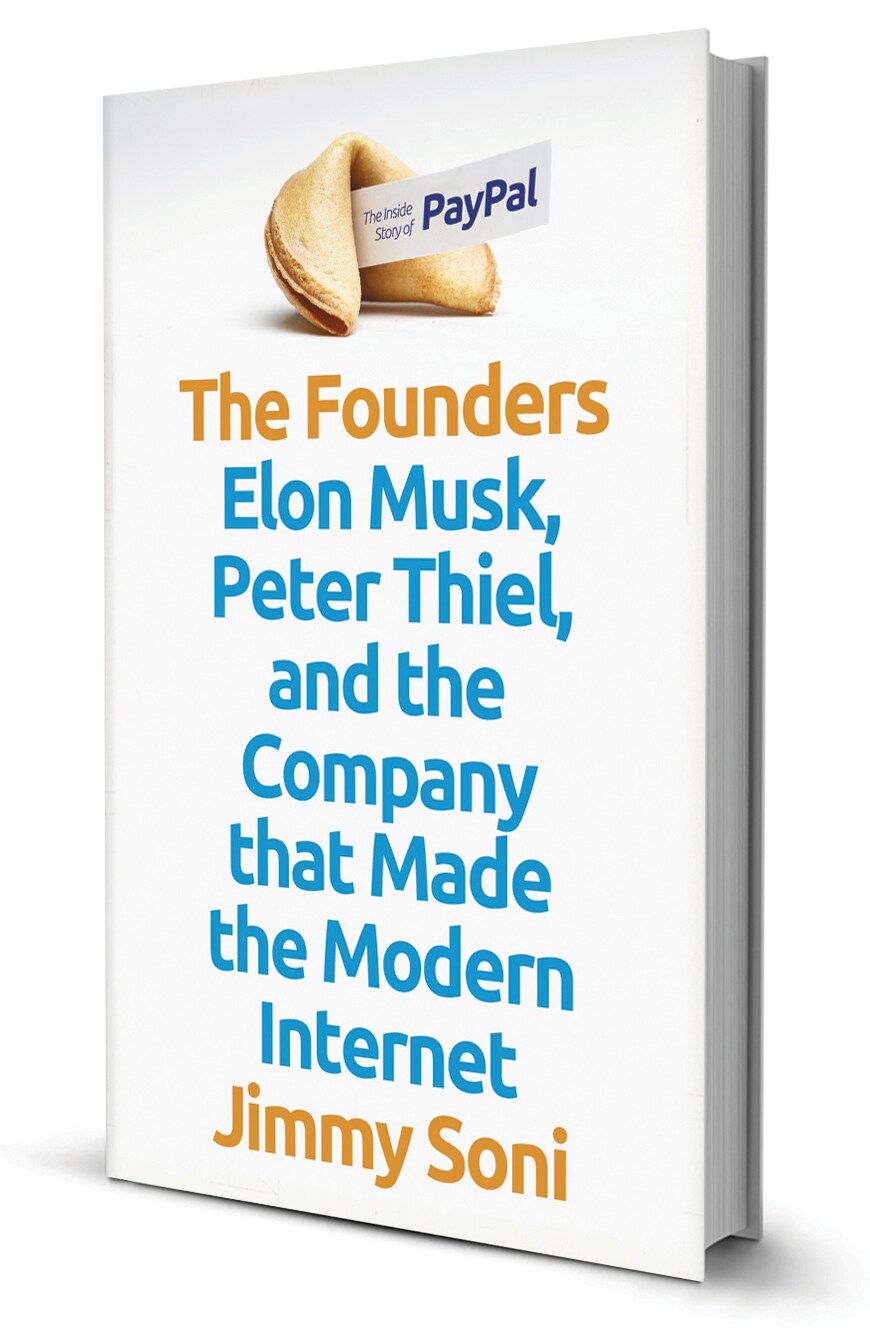
Elon Musk is adapting his vision to tech that exists Today: Jimmy Soni
Author Jimmy Soni on the Twitter takeover being a stepping stone for everything app 'X', the PayPal mafia, and more
 Jimmy Soni discusses Elon Musk’s Twitter takeover and his vision for X, the everything app Image: Damon Dahlen
Jimmy Soni discusses Elon Musk’s Twitter takeover and his vision for X, the everything app Image: Damon Dahlen
Jimmy Soni spent more than six years documenting the origin story of payments platform PayPal and the rise to power of its founders, including Peter Thiel, Elon Musk, Max Levchin and Reid Hoffman, who are some of Silicon Valley’s most powerful people today, known as the PayPal Mafia. Soni is the former managing editor of The Huffington Post. He was earlier a consultant at McKinsey and a speechwriter at the office of the Mayor of the District of Columbia in the US.
His latest book, The Founders, chronicles how PayPal shaped modern consumer internet. In an episode of From the Bookshelves podcast, Soni discusses Musk’s Twitter takeover and his vision for X, the everything app, and how PayPal has created a template of entrepreneurship for a generation of young startup entrepreneurs. Edited excerpts from an interview for the podcast From the Bookshelves:
Q. You’ve written about Elon Musk’s fondness for the letter X. The takeover of Twitter is likely the first step to realise that. And in the biography of Musk, Ashelee Vance writes that he has set about building something that has the potential to be much grander than anything Steve Jobs has built. Do you agree?
I agree with the statement [made by Vance], but it applies to space and SpaceX. To take a step back, Elon had issued a tweet that said part of the Twitter acquisition is the first step to building X, the everything app, which is sort of supposed to be like what WeChat is in China. Now, I am not familiar with WeChat, but my understanding is that it does messaging, payments, a little bit of everything.
When Elon was getting started with PayPal, he bought a domain called X.com, and the PayPal we know was the fusion of two companies, His X.com and Peter Thiel and Max Levchin’s Confinity. For him, X.com was supposed to be all things financial at that time. He wanted to unite, let’s say, savings account, checking account, mortgage, all things financial. Because his belief is that if you did that, you would save consumers’ money. As he put it to me, ‘If all the money is in one place, why would you want to put it anywhere else?’ He wanted to change finance. That was then. Now, we have different technologies, and he is adapting his vision to what is existing today.









